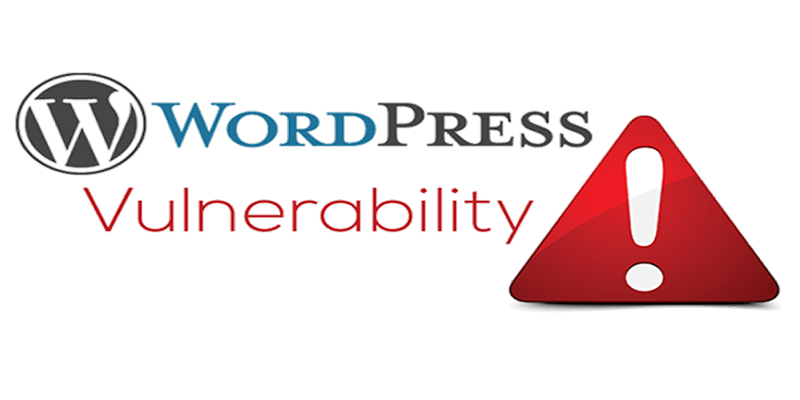The Vulnerabilities of WordPress CMS
The vulnerabilities of the WordPress CMS, like any other software out there can happen and also can be prevented. Is it safe to use for any kind of website? Let's get started. First, WordPress is a secure CMS. But additional measures or correct implementation is needed to ensure it’s done right. Here, we’re going to share WordPress vulnarabilities.
Is WordPress secure? Yes, in part. What makes it be labelled as prone to security vulnerabilities and inherently not being a safe platform to use for a business? Because most users keep following industry-proven security worst-practices.
Using outdated WordPress software, nulled plugins, poor system administration, credentials management, and lack of necessary Web and security knowledge among non-techie users. Unfortunately, even industry leaders don’t always use the best practices.
Note: Fundamentally, security is not about perfectly secure systems. Such a thing might well be impractical, or impossible to find and/or maintain. What security is though is risk reduction, not risk elimination. It’s about employing all the appropriate controls available to you, within reason, that allow you to improve your overall posture reducing the odds of making yourself a target, subsequently getting hacked.
WordPress Vulnerabilities
Most common vulnerabilities that affect WordPress include:
Backdoors
These vulnerabilities provide hackers with hidden passages bypassing security encryption to gain access to WordPress websites via abnormal methods – wp-Admin, SFTP, FTP, etc. Once compromised, they are exploited by hackers that wreak havoc on hosting servers with cross-site contamination attacks.
Backdoors are often encrypted to appear like legitimate WordPress system files, and make their way through to WordPress databases by exploiting weaknesses and bugs in outdated versions of the platform.
Prevention and safety of this vulnerability is simple. You can use tools like SiteCheck to easily detect common backdoors. Two-factor authentication, blocking IPs, restricting admin access and preventing unauthorized execution of PHP files easily takes care of common backdoor threats.
Pharma Attacks
This vulnerability is used to insert rogue code in outdated versions of WordPress websites and plugins, causing search engines to return ads for pharmaceutical products when a compromises website is searched for. It’s more of a spam menace than traditional malware but gives credibility to be blocked by search engines for spewing spam.
To easily beat Pharma Hacks, use recommended WordPress hosting providers with up-to-date servers and regularly updating your WordPress installations, themes, and plugins.
Brute-force Login Attempts
Here, automated scripts are used to exploit weak passwords and gain access to your website. This vulnerability is easily defeated effectively by using two-step authentication, limiting login attempts, monitoring unauthorized logins, blocking Ips, and using strong password.
Note: Unfortunately, a number of WordPress website owners fail to perform these security practices as much as 30,000 websites are hacked by brute-force attacks each day though the number keeps going up each day. The vulnarabilities of WordPress CMS can be avoided or prevented from hampering the functionality of your website through simple hacks and keeping known security measures.
Malicious Redirects
Malicious redirects create backdoors in WordPress installations using FTP, SFTP, wp-admin, and other protocols and inject redirection codes into the website. The redirects are often placed in your .htaccess file and other WordPress core files in encoded forms, directing the web traffic to malicious sites.
Cross-site Scripting (XSS)
Cross-Site Scripting (XSS) is when a malicious script is injected into a trusted website or application. The attacker uses this to send malicious code, typically browser-side scripts, to the end user without them knowing it. The purpose is usually to grab cookie or session data or perhaps even rewrite HTML on a page. You can get protection using SiteLock.
Denial of Service
Denial of Service (DoS) vulnerability exploits errors and bugs in the code to overwhelm the memory of website operating systems. Hackers have compromised millions of websites and raked in millions of dollars. They do this by exploiting outdated and buggy versions of WordPress software with DoS attacks.
Note: Even the latest versions of WordPress software cannot comprehensively defend against high-profile DoS attacks. It helps though to have a premium DNS provider to increase your WordPress security.







Thanks for helping us learn better ways to secure our website